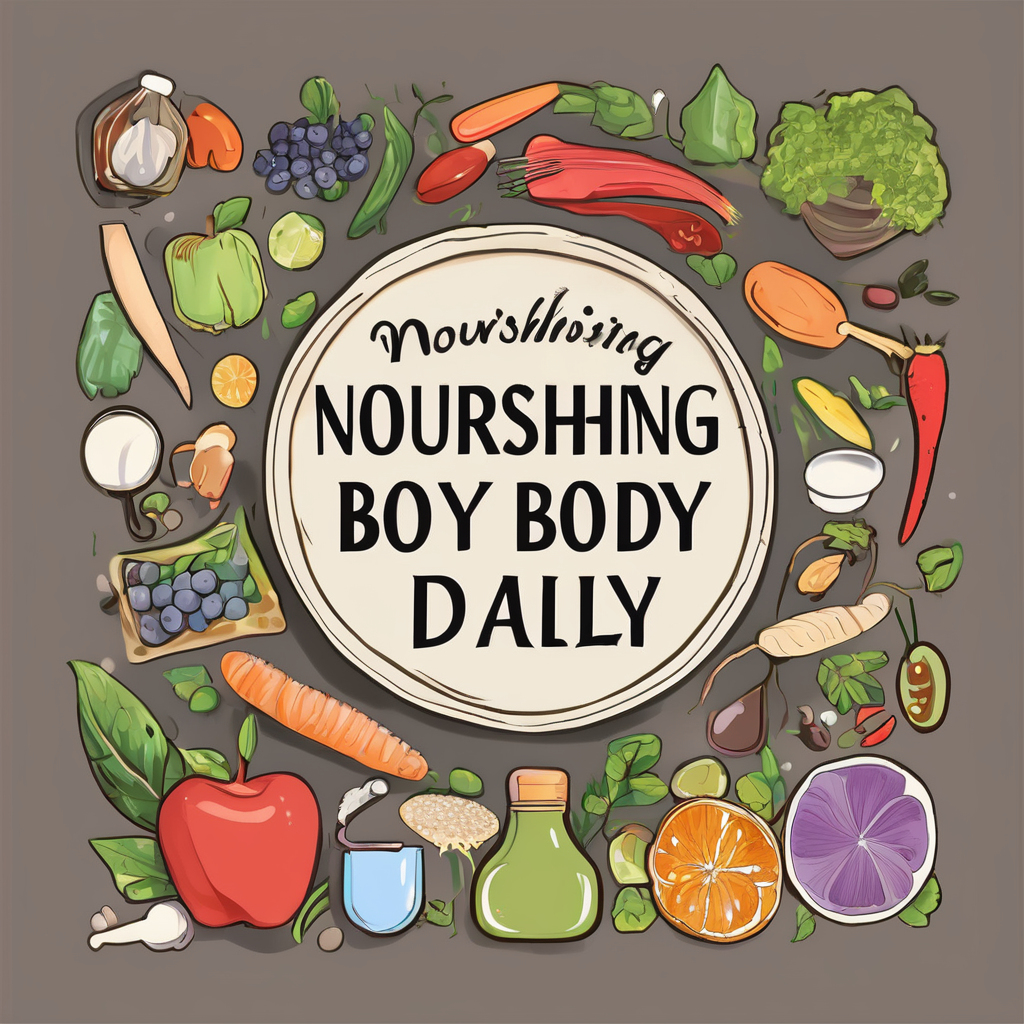In this brisk UK winter, you may find it challenging to maintain your raw food diet. As temperatures plummet, the body naturally craves warm, comforting meals. However, with a bit of creative planning, you can still ensure your dietary needs are met. This article provides a comprehensive guide on how to adapt the raw food diet to the biting UK winters. We will cover a range of topics, from vegan options to dog’s diets, ensuring your needs and those of your furry friends are catered to.
Understanding the Raw Food Diet
Before delving into how to tweak the raw food diet for cold months, let’s first understand what it entails. The raw food diet, also known as raw veganism, involves consuming unprocessed, plant-based foods that have not been heated above 48 degrees Celsius. This diet typically consists of fruits, vegetables, nuts, seeds, and sprouted grains.
Also to read : Can Regular Participation in Community Sports Reduce Stress Levels in UK Adults?
Many individuals adopt the raw food diet for its perceived health benefits, including weight loss, improved heart health, and better digestion. However, it’s crucial to note that during the colder months, you might need to make some adjustments to this diet to meet your body’s needs.
Adjusting Your Raw Food Diet in Winter
In winter, your body requires more energy to keep warm, which can lead to increased hunger. As such, it’s essential to adapt your raw food diet to ensure you’re getting enough nutrients. Consuming higher calorie raw foods like avocados, nuts, and seeds can help. These foods not only provide the calories needed for energy but also contain healthy fats that are good for heart health.
In parallel : What Are the Best Local UK Herbs for Boosting Immunity?
It’s also beneficial to incorporate more spices into your raw food recipes. Spices like ginger, turmeric, and cayenne can help to naturally raise your body temperature. They also add a burst of flavour to your meals, making your winter raw food diet more enjoyable.
Ensuring Adequate Vitamin Intake
In the cold UK winter, getting adequate vitamin D, which is typically synthesized from sunlight, can be challenging. So, it’s essential to incorporate raw foods rich in this vitamin into your diet. Foods like mushrooms exposed to UV light, fortified plant-based milks, and certain algae and lichen products can help.
Moreover, you should also ensure you’re getting enough vitamin C, which boosts your immune system. Many raw foods like bell peppers, strawberries, and citrus fruits are rich in this vitamin.
Exploring Raw Food Diet for Dogs in Winter
Just as you can adapt your raw food diet for the winter, so can you for your dogs. Many believe that a raw diet can benefit dogs’ health, mimicking the diet they would eat in the wild. But during the winter months, it’s essential to adjust this diet to ensure it suits their needs.
In winter, dogs need more energy to stay warm, so they will benefit from eating more meat, which is high in protein and fat. It’s also essential to ensure they get enough vitamins and minerals, which can be obtained from raw vegetables.
However, it’s always best to consult with a vet before making significant changes to your dog’s diet. It’s also vital to handle raw meat safely to prevent bacterial contamination.
Experimenting with Winter Raw Food Recipes
Adapting the raw food diet for winter also gives you a chance to experiment with different recipes. For example, you could try making a raw vegan “soup” using a high-speed blender to blend vegetables like tomatoes, carrots, and bell peppers until they’re warm to the touch.
Another excellent winter raw food diet option is a hearty raw salad featuring a mix of winter vegetables, fruits, nuts, and seeds. You could also try making raw “pastas” using vegetable noodles, such as zucchini or carrot, topped with a raw sauce made from sun-dried tomatoes, garlic, and basil.
Without a doubt, keeping up with a raw food diet during the cold winter months can be challenging, but it’s not impossible. With some ingenuity and careful planning, you can prepare fulfilling and nutritious raw meals that will see you through the winter.
Devising a Winter Raw Food Diet Plan
Crafting a winter raw food diet plan is fundamental to ensuring you’re getting enough nutrients during the colder months. With all the green tripe, meaty bones, and free-range fruits and vegetables, it’s easy to make a versatile meal plan.
Begin by identifying the raw foods that are in season during the winter. These foods are not only fresher and potentially more nutritious, but they can also be more affordable. Winter raw foods may include root vegetables such as carrots and beets, winter greens like kale and spinach, and fruits such as pears and apples.
Next, calculate the caloric intake you’ll need to maintain your energy levels in the cold weather. Remember, your body needs more calories in the winter to stay warm. Don’t shy away from higher-calorie foods like nuts, seeds, and avocados. These are not just calorie-dense but also rich in essential fatty acids, which are beneficial for heart health.
Additionally, ensure your meal plan includes a variety of foods to get a wide range of nutrients. This involves incorporating a mix of fruits, vegetables, sprouted grains, and seeds. Also, consider immune system boosting foods like bell peppers and citrus fruits that are high in vitamin C.
Planning your meals ahead of time can also help you stick to your raw vegan diet throughout the winter. You could prepare raw “pasta” dishes using vegetable noodles or make a warm, blended soup using a high-speed blender. Don’t forget to incorporate spices like ginger, turmeric, and cayenne to enhance the flavours and warm your body.
Sustaining Dog Health with Adapted Raw Food Diet in Winter
Just as humans require certain dietary adjustments during the colder months, so do dogs on a raw diet. To ensure your dog’s health, you may need to adjust their meal plan to include more high-protein and fat-rich foods like raw meaty bones.
In winter, dogs require more calories to sustain their energy levels. Feeding them more meat can provide the additional calories they need. However, remember that a balanced diet for dogs also includes other nutrients, which can be sourced from raw vegetables.
While some dogs might prefer certain vegetables over others, common options include broccoli, spinach, and carrots. These veggies are packed with vitamins and minerals necessary for maintaining your dog’s health in winter. For instance, carrots are rich in beta-carotene, which maintains eye health.
As always, when it comes to raw meat, safe handling is crucial to prevent bacterial contamination. Use clean utensils and always wash your hands thoroughly after handling raw meat.
Before making significant changes to your dog’s food diet, it’s advisable to consult with your vet. They can provide a comprehensive plan that caters to your dog’s specific nutritional needs and age.
Conclusion
Maintaining a raw food diet during the cold UK winters may seem daunting, but with careful planning and a little creativity, it’s entirely achievable. Whether planning your vegan recipes or adjusting your dog’s food plan, it’s important to keep in mind the specific nutritional requirements that the winter season demands. With the right strategies, you can enjoy a raw food diet year-round, reaping benefits like weight loss, improved digestion, and better heart health. For your furry friends, an adapted winter raw food diet can contribute to overall dog health and happiness. Keep experimenting, keep exploring, and most importantly, keep warm and well-nourished this winter!











